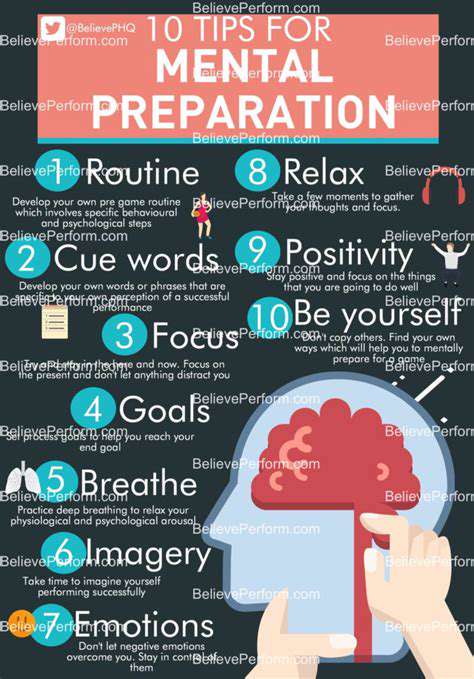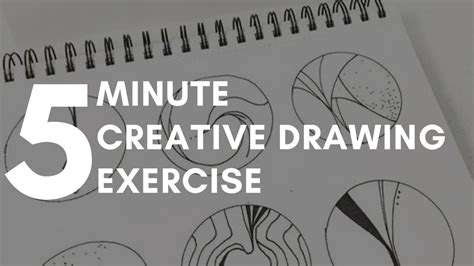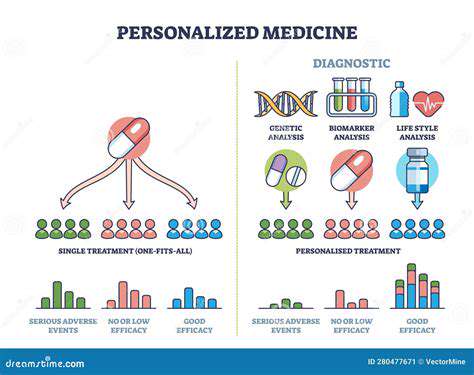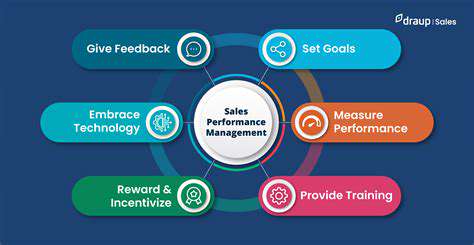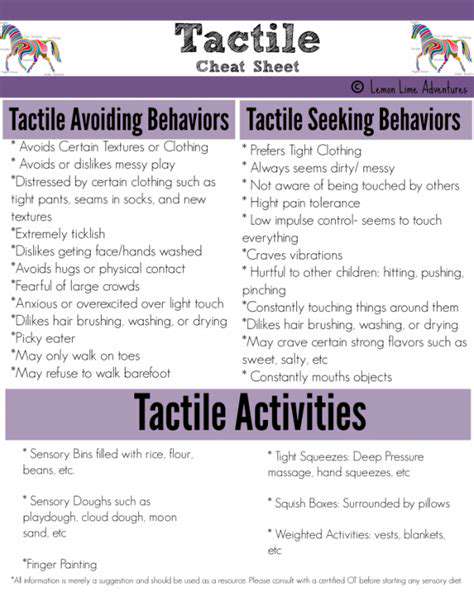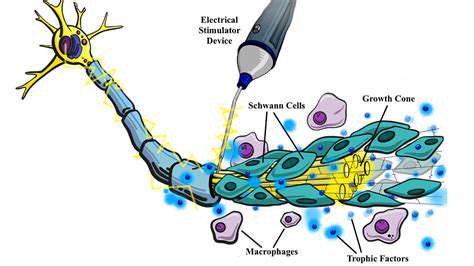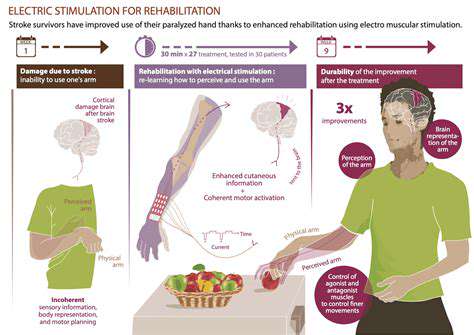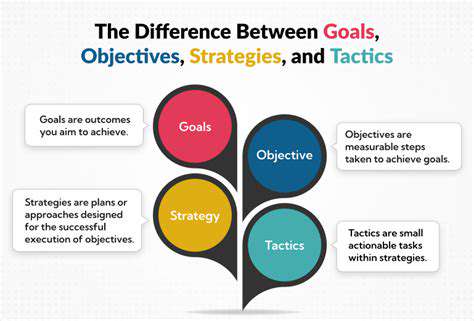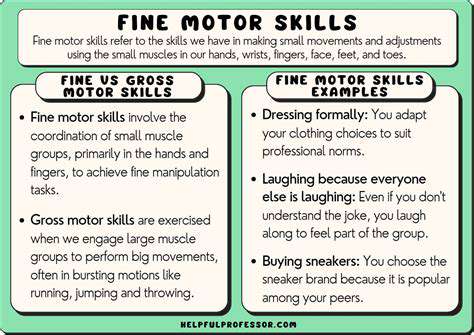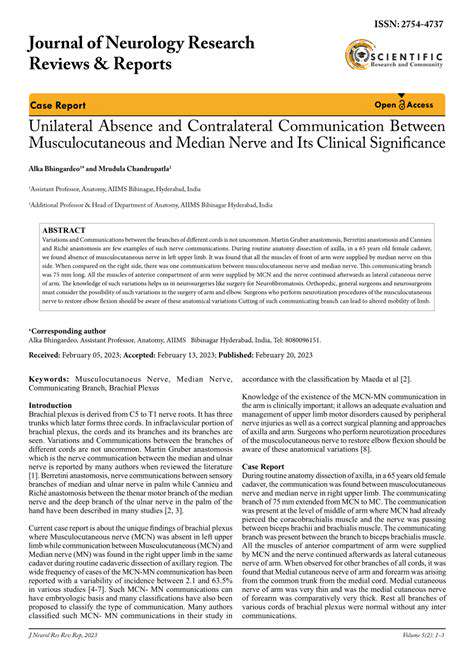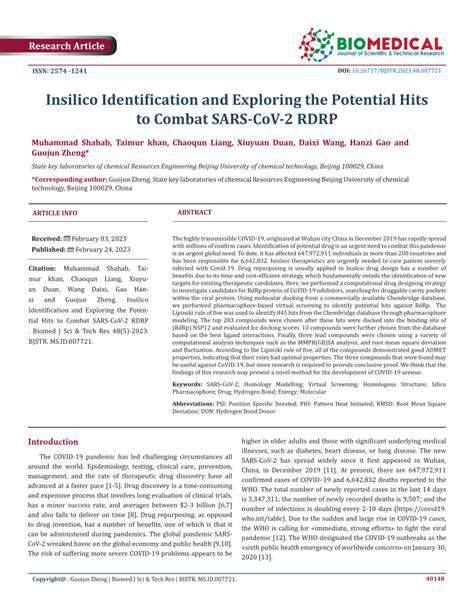Understanding the Science Behind Finger Coordination
The motor cortex is a crucial region of the brain, specifically located in the frontal lobe, playing a vital role in planning, initiating, and controlling voluntary movements. This intricate network of neurons is responsible for sending signals to the muscles throughout the body, enabling us to perform a wide array of actions, from simple hand gestures to complex athletic feats. Understanding the motor cortex is essential for comprehending how we interact with the world around us and how neurological conditions can disrupt these essential functions.
Hierarchical Organization of Motor Control
The motor cortex isn't a monolithic structure; rather, it exhibits a hierarchical organization. Higher-level areas are involved in planning complex movements, while lower-level areas refine these plans and execute the movements themselves. This hierarchical structure is essential for the smooth and coordinated performance of actions.
This hierarchical structure allows for flexibility and adaptability in motor control. The brain can adjust its motor commands based on sensory feedback and changing circumstances, ensuring that movements are appropriate for the context.
Motor Cortex and Sensory Integration
The motor cortex isn't isolated; it interacts extensively with other brain regions, particularly sensory areas. This interplay between sensory input and motor output is crucial for accurate and responsive movements. For example, visual information about an object's position or tactile feedback from the skin during manipulation are vital for adjusting motor commands in real-time.
Sensory information is constantly processed and incorporated into motor commands, allowing for precise and adaptive movements. This constant interplay ensures that our actions are not only initiated but also adjusted in response to the environment.
Specific Motor Areas and Their Functions
Different areas within the motor cortex specialize in controlling specific parts of the body. The primary motor cortex, located in the precentral gyrus, is responsible for the direct execution of movements. Adjacent areas, such as the premotor cortex and supplementary motor area, are involved in planning and preparing for movements.
The premotor cortex is particularly important in learning and executing complex sequences of movements. The supplementary motor area plays a crucial role in organizing and sequencing movements, particularly those involving multiple joints.
Neural Pathways and Communication
The motor cortex communicates with other parts of the brain and the spinal cord through intricate neural pathways. These pathways relay signals from the motor cortex to specific muscles, enabling the precise execution of movements. The signals are refined and adjusted along these pathways, ensuring that the appropriate muscles contract with the correct strength and timing.
These complex neural pathways are essential for the coordination of movements. Disruptions in these pathways can lead to motor impairments and difficulties in performing everyday tasks.
Clinical Significance of Motor Cortex Function
Understanding the motor cortex's role is critical for diagnosing and treating neurological conditions that affect movement. Strokes, cerebral palsy, and other neurological disorders can disrupt the motor cortex's function, leading to paralysis, weakness, tremors, and other motor deficits. Neurological rehabilitation therapies aim to restore function by retraining the motor cortex and its associated pathways. These therapies are often tailored to the specific deficits experienced by the patient.
Sensory Feedback: The Crucial Feedback Loop
The Importance of Tactile Stimulation
Sensory feedback, particularly tactile stimulation, plays a crucial role in our understanding and interaction with the world around us. From the subtle pressure of a soft blanket to the firm grip of a tool, our sense of touch provides vital information about the properties of objects and our environment. This feedback loop, connecting our fingers to our brain, is essential for tasks ranging from simple object manipulation to complex fine motor skills.
The intricate network of sensory receptors in our fingertips, coupled with the sophisticated neural pathways that transmit signals to the brain, allows us to perceive a vast array of textures, temperatures, and pressures. This constant stream of information is essential for navigating the world and performing everyday activities effectively. Understanding this process helps us appreciate the significance of tactile feedback in various aspects of our lives.
Neural Pathways and Signal Transmission
The journey of sensory information from the fingertips to the brain involves a complex interplay of neural pathways. Specialized nerve endings in the skin detect various stimuli, translating them into electrical signals. These signals are then transmitted along sensory neurons to the spinal cord, where they're processed and relayed to higher brain centers. This intricate communication system allows us to interpret the meaning behind the physical sensations we experience.
The speed and efficiency of signal transmission are critical for timely responses. For instance, quickly recognizing a hot surface prevents severe burns, showcasing the importance of rapid sensory feedback loops in protecting us from harm. The precise nature of this transmission also allows us to distinguish between different textures and pressures, enhancing our overall perception.
Fingertip Receptors and Their Function
Our fingertips are densely packed with various types of sensory receptors, each specialized to detect specific stimuli. Merkel cells, for example, are responsible for detecting fine details and textures. Meissner corpuscles respond to changes in touch, aiding in the perception of movement and grip. Pacinian corpuscles, on the other hand, are sensitive to deep pressure and vibrations, enabling us to discern the firmness of an object or the texture of a rough surface.
The diverse array of receptors and their specific functions enable us to gather a rich and detailed sensory input. This allows us to discriminate between different surfaces, pressures, and textures, enabling precise control over our movements and interactions with the environment.
The Role of Sensory Feedback in Fine Motor Skills
Fine motor skills, such as writing, drawing, or playing musical instruments, heavily rely on precise sensory feedback from the fingertips. The constant stream of information about pressure, position, and movement allows us to execute intricate actions with accuracy and control. The ability to adjust grip and pressure in response to sensory input is critical for performing these tasks effectively.
Sensory Feedback and Object Recognition
Our ability to recognize objects relies significantly on the information gathered through our sense of touch. The textures, shapes, and weights of objects are perceived through the sensory feedback from our fingertips. By combining tactile information with visual cues, we can build a comprehensive understanding of the objects around us, enabling us to manipulate and interact with them effectively.
The Impact of Sensory Deficits
Sensory deficits, such as those affecting the tactile feedback loop, can significantly impact our ability to perform everyday tasks and interact with the environment. Individuals with such deficits may experience difficulties with object recognition, fine motor skills, and even spatial awareness. Understanding these deficits and developing appropriate strategies to address them is crucial for providing support and improving quality of life.
Sensory Feedback and Technology
Modern technology increasingly incorporates the principles of sensory feedback to enhance user experience and performance. For instance, haptic feedback in smartphones and gaming devices provides tactile sensations that enhance engagement and comprehension. The development of prosthetic limbs that incorporate sensory feedback promises to restore a sense of touch and control for individuals with limb loss. This integration of sensory feedback into technology highlights the importance of this feedback loop in our lives and in the future of human-machine interaction.
Beyond the Cortex: The Cerebellum and Basal Ganglia
The Cerebellum: A Master of Motor Coordination
The cerebellum, often overshadowed by the cerebral cortex, plays a crucial role in coordinating movement and maintaining balance. This intricate structure, nestled beneath the occipital lobe, receives sensory input from various parts of the body, including the muscles, joints, and inner ear. It meticulously processes this information, comparing intended movements with actual movements and making necessary adjustments to ensure smooth, precise actions. Think of it as the body's internal choreographer, refining our motor skills and enabling us to perform complex tasks, from playing a musical instrument to riding a bicycle.
Beyond simple motor control, the cerebellum also contributes to cognitive functions like language processing, attention, and even some aspects of executive function. Research suggests that cerebellar damage can lead to impairments in these areas, highlighting its wider influence on brain activity beyond the realm of pure movement.
Basal Ganglia: Orchestrating Movement and Habit
The basal ganglia, a collection of interconnected structures deep within the brain, act as a crucial network for regulating movement. Unlike the cerebellum, which refines ongoing actions, the basal ganglia are involved in initiating and selecting movements, as well as suppressing unwanted ones. They act as a crucial filter, ensuring that our movements are purposeful and appropriate to the situation.
These structures are also deeply implicated in habit formation and procedural learning. Repeated actions, through a process of reinforcement and synaptic plasticity, become ingrained as habits, controlled by the basal ganglia. This is evident in activities like driving a car or playing a familiar game – the movements become automatic, freeing up cognitive resources for other tasks.
The Cerebellum and Basal Ganglia in Motor Learning
Motor learning is a complex process, and both the cerebellum and basal ganglia play vital roles in different aspects of this learning. The cerebellum refines the execution of movements, making them smoother and more accurate through iterative feedback loops. The basal ganglia, on the other hand, help to establish the overall strategy and sequence of actions, gradually shaping and strengthening the neural pathways for efficient performance.
Interplay Between Cerebellum and Basal Ganglia
The cerebellum and basal ganglia don't work in isolation; they are intricately interconnected, communicating and coordinating their activities to produce fluid and purposeful movements. Understanding this interplay is crucial for comprehending the complexities of motor control and the potential consequences of damage to either structure.
Beyond Movement: Cognitive Functions
While primarily associated with motor control, both the cerebellum and basal ganglia are increasingly recognized for their roles in cognitive functions. The cerebellum's involvement in tasks like language processing and attention is still being investigated, but its influence seems to extend beyond simple motor coordination. Similarly, the basal ganglia are implicated in decision-making processes and reward-based learning, highlighting their broader influence on higher-level cognitive functions.
Clinical Significance and Disorders
Damage or dysfunction in either the cerebellum or basal ganglia can lead to a wide range of neurological disorders. Cerebellar damage often manifests as difficulties with coordination, balance, and eye movements. Basal ganglia disorders, such as Parkinson's disease, are characterized by movement problems, including tremors, rigidity, and slowness of movement. Understanding these disorders and their underlying mechanisms is essential for developing effective treatments and interventions.
The Impact of Practice and Learning on Finger Coordination
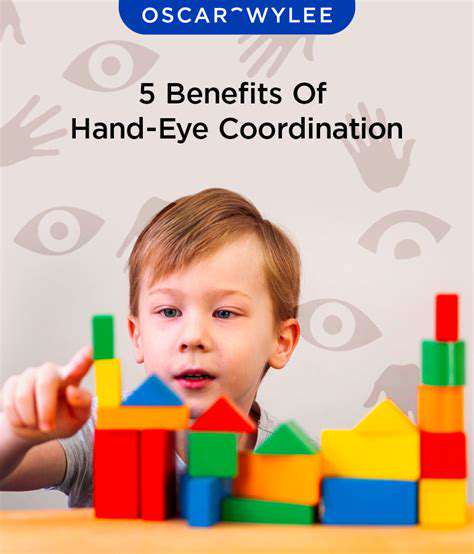
The Importance of Deliberate Practice
Deliberate practice is a crucial element in skill development, encompassing more than just repetitive drills. It requires focused attention on specific aspects of a task, identifying weaknesses, and actively working to improve them. This form of practice often involves breaking down complex skills into smaller components, allowing for targeted feedback and refinement. By actively seeking out challenges and pushing beyond comfort zones, individuals can accelerate their learning and achieve significant improvements in performance. Deliberate practice often involves working with a coach or mentor who can provide valuable feedback and guidance.
Effective learning environments foster deliberate practice by providing opportunities for learners to identify areas needing improvement. This focused approach allows learners to concentrate on specific skills and techniques, leading to more rapid and meaningful progress. Moreover, the structured nature of deliberate practice helps learners develop a deeper understanding of the subject matter, leading to a more robust and lasting skill set.
The Role of Feedback in Learning
Constructive feedback plays a vital role in the learning process. It allows learners to identify areas where they are excelling and pinpoint areas needing attention. Effective feedback should be specific, actionable, and delivered in a supportive manner. This type of feedback helps learners understand their strengths and weaknesses and adjust their approach accordingly. Providing regular and detailed feedback allows for continuous improvement and helps learners develop a strong foundation.
Feedback is not just about identifying errors; it's also about highlighting successes. Positive reinforcement helps motivate learners and fosters a positive learning environment. Recognizing and praising progress encourages continued effort and builds confidence. Ultimately, effective feedback, both positive and constructive, is essential for maximizing learning outcomes and achieving desired results.
The Impact of Motivation on Learning
Intrinsic motivation, the drive to learn and improve stemming from personal interest and enjoyment, is a powerful force in the learning process. Individuals who are intrinsically motivated are more likely to engage in challenging tasks and persist through setbacks. This type of motivation fosters a deeper understanding and a stronger connection to the material being learned. Strong intrinsic motivation leads to a more thorough understanding of the subject matter, a crucial factor in long-term retention and skill development.
Extrinsic motivation, fueled by external rewards or pressures, can also play a role, although it's often less effective in the long run. While external incentives can provide initial motivation, intrinsic motivation is generally more sustainable and leads to greater mastery. Ultimately, a balance between intrinsic and extrinsic motivators can be highly beneficial for optimal learning outcomes.
